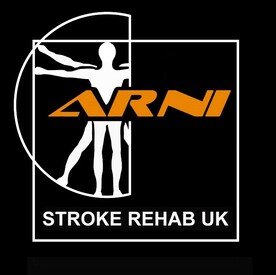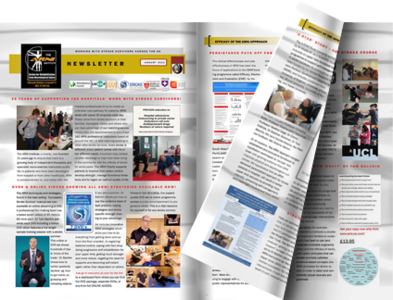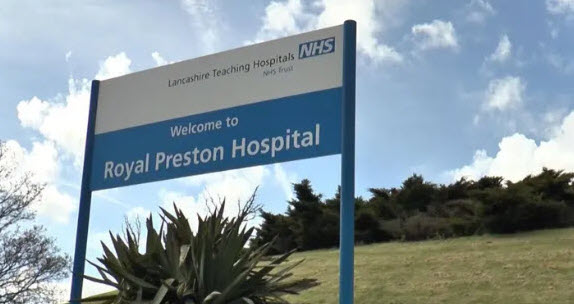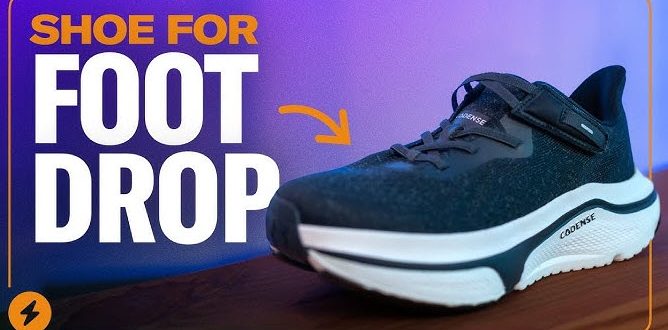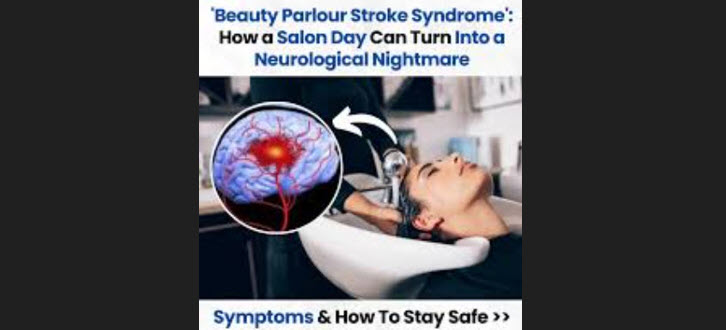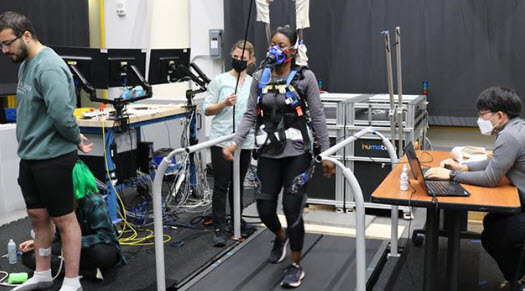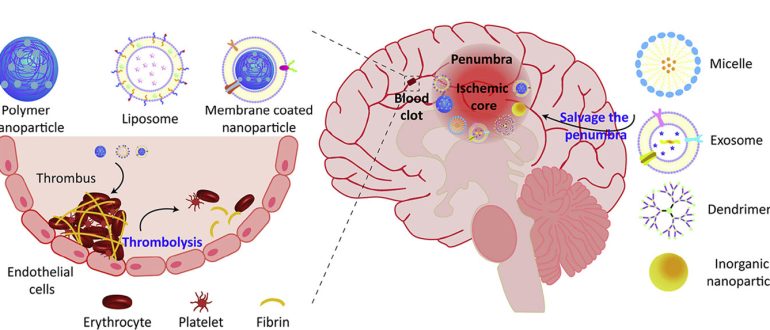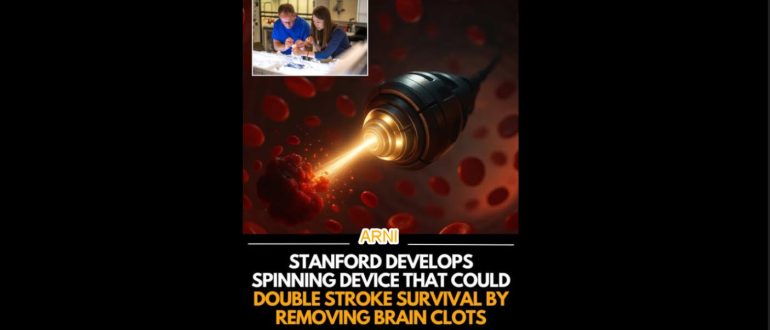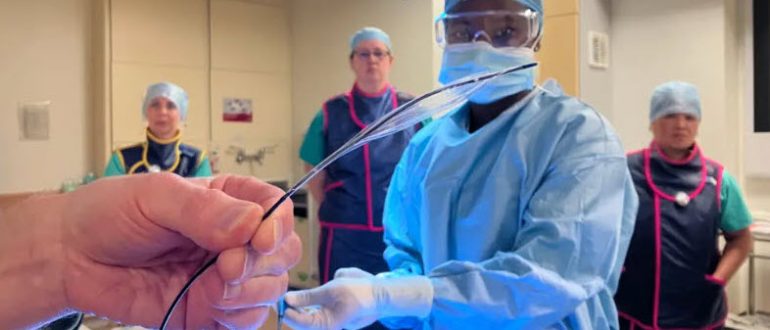People who have survived a stroke face a significantly elevated risk of recurrence, which often leads to cumulative neurological damage and a progressive decline in cognitive function. This cognitive impairment can be as debilitating as the physical symptoms, severely impacting quality of life.
In a proactive effort to address this critical medical challenge, Royal United Hospitals Bath (RUH Bath) is currently recruiting participants for a vital clinical trial: the LACunar Intervention Trial-3 (LACI-3). There will be at least 60 more hospitals in the UK where this trial will be carried out and the recruitment aim is 1,300 patients.
This study is exploring whether two existing medications – isosorbide mononitrate and cilosta*zol – could help prevent further strokes and improve cognitive function in patients who’ve experienced a lacunar ischaemic stroke. This type of stroke affects around 35,000 people each year in the UK, leading to problems with cognitive function and can sometimes lead to dementia.
Repurposing existing drugs for new indications can significantly accelerate the path to patient benefit, as their safety profiles are already well-understood. This trial aims to rigorously test whether these medications can provide the crucial added layer of protection needed by high-risk patients. While current guidelines focus on blood pressure control and lifestyle modifications, there remains an unmet need for pharmacological interventions that specifically target the mechanisms leading to both stroke recurrence and vascular cognitive impairment.
RUH Bath is looking for volunteers aged 30+ who’ve had a lacunar stroke and participation lasts around 18 months, with most follow-ups done by phone. Survivors who meet the study’s criteria are encouraged to contact the research team for further details on how to get involved in this potentially transformative research. To find out more, contact the stroke research team on 01225 824120 : laci-3@ed.ac.uk or ruh-tr.strokeresearch@nhs.net
This study is led by the University of Edinburgh and University of Nottingham, and is funded by NIHR. Principal investigator: Professor Joanna Wardlaw: joanna.wardlaw@ed.ac.uk
